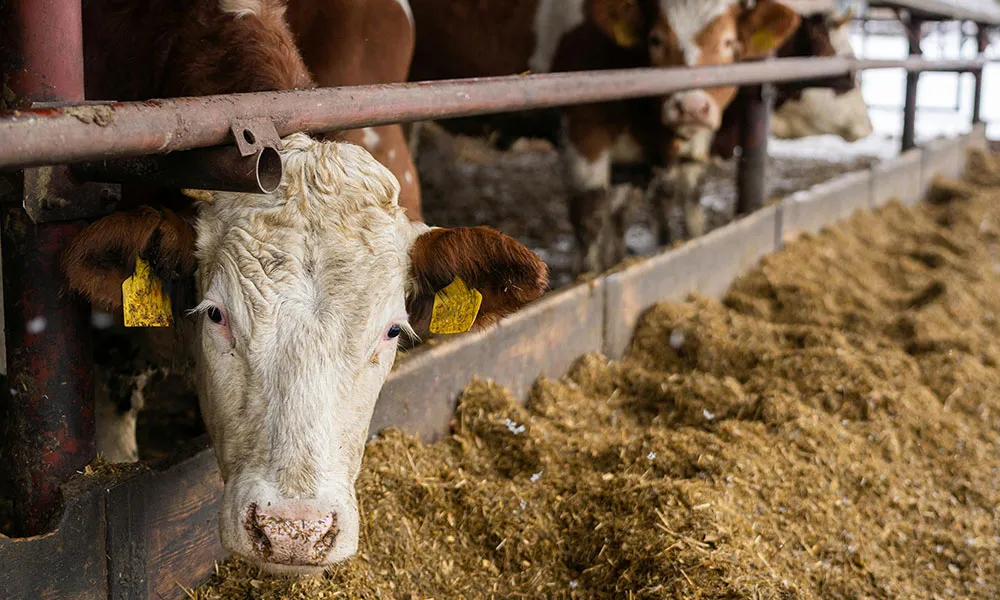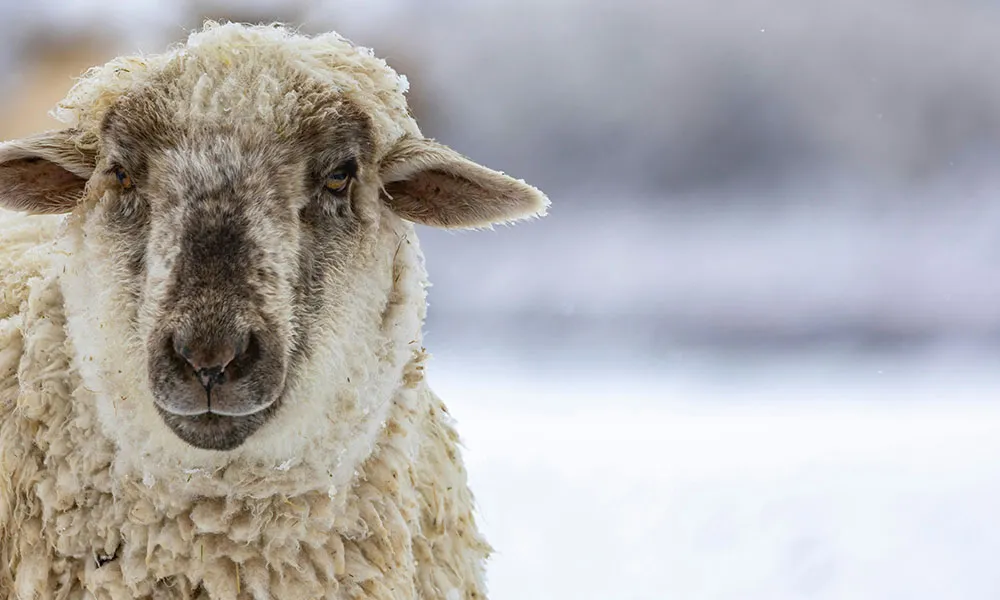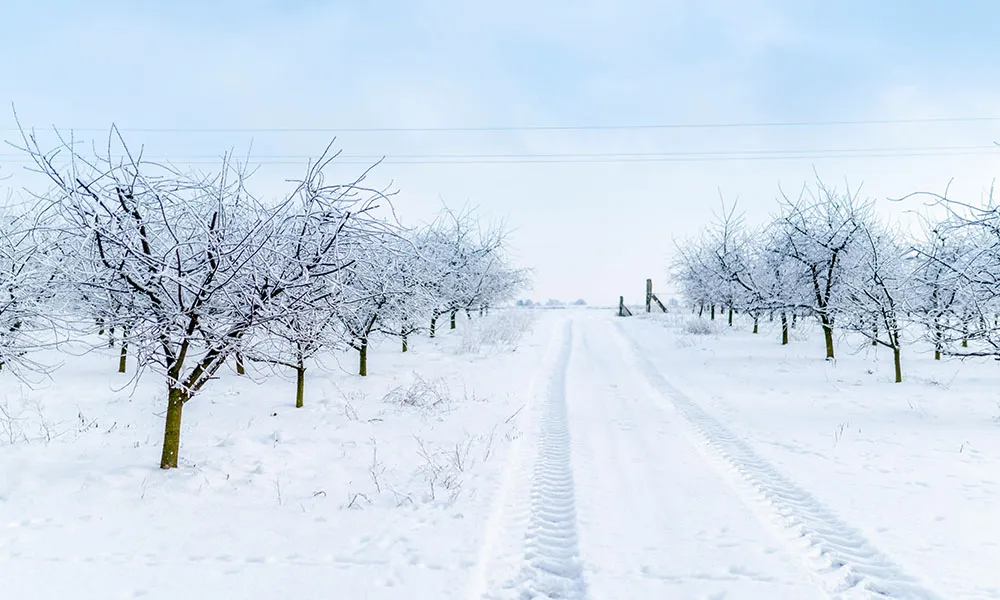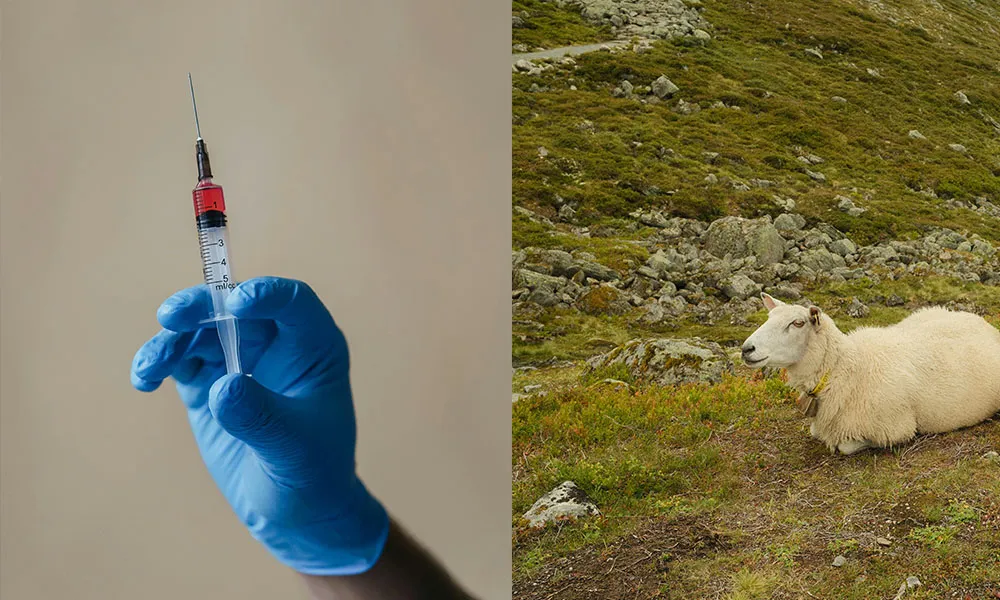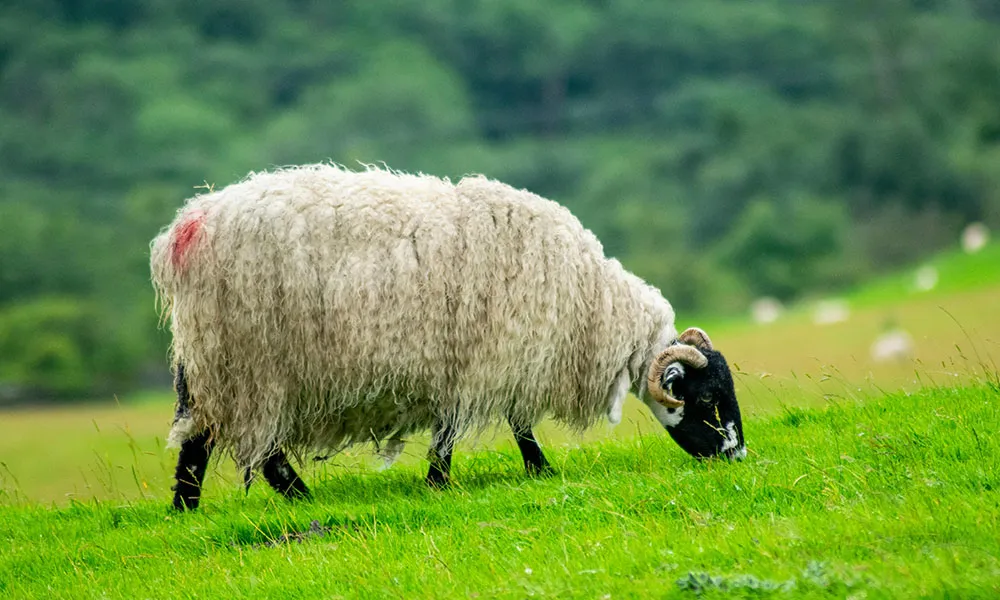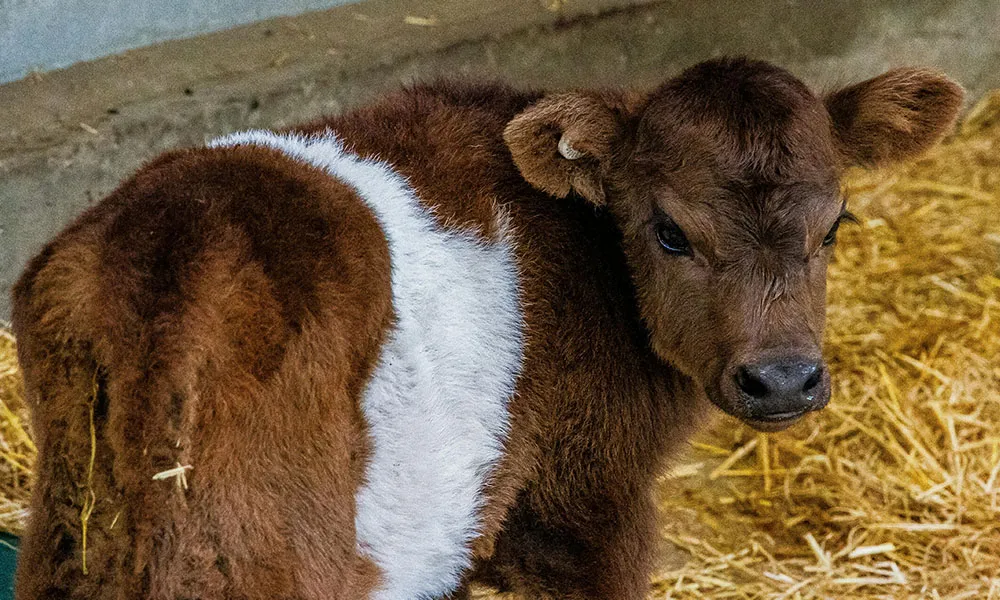
With cattle likely to be housed across the country in the weeks ahead, there is a good chance that indoor calving will take place on many farms in the weeks and months ahead. If your cows are due to calve during the housing season, you should make sure that everything is in place to deliver a new calf prior to the dam’s due date. Meticulous preparation will help to offset the risk of mishaps at point of delivery. That’s why we at Agridirect.ie have put together this essential winter calving checklist as a guide for farmers facing into the new calving season. We hope you find it useful!
Pre-calving preparations
Use scan results. All pregnant cows should be scanned, as this will help you to identify potential features of the pregnancy, such as the presence of twins. The Irish Cattle Breeding Federation tool will help you to identify the calving profile.
Nutrition. Good nutrition in the run-up to calving is an essential part of your preparation for calving season. Mineral supplementation should be provided with feed for at least six weeks before the calf’s due date. Essential minerals for pregnant cattle include magnesium, phosphorous, selenium, and iodine. If you are unsure of the best product for you, why not check out our range of mineral supplements here at Agridirect.ie!
Vaccination. Up-to-date vaccination can help to offset the risk of early onset disease in calves. Cows that have all vaccinations for scour, IBR etc. will pass the antibodies on to the calf via colostrum.
Condition. Cows at point of calving should be fit, but not fat. Generally, a Body Condition Score (BCS) of between 3 and 3.25 is appropriate. Cows that are thinner or fatter than this may struggle to deliver a healthy calf and are much more likely to encounter difficulties and/or require assistance.
Cleanliness. To prevent the spread of disease during and after the labour, ensure that the cow’s tail and flanks are kept clean. Cows that are covered in dirt may transfer unwanted bacteria to the calf, particularly via the navel.
Calving equipment and calving area
Calving pens. You should maintain good shed and pen hygiene, by regularly cleaning down all surfaces in the space where animals’ will give birth, and by spreading lime on walls and slats to inhibit microbial activity. After each cleaning, cover surfaces with fresh bedding (preferably straw, which has good moisture absorption properties.
Essential equipment. Conduct a full check of your calving equipment and replace anything that is broken. Essential equipment includes a calving jack, gloves, calving rope, and lubricant. If you don’t have some or all of these, you should purchase them at the first opportunity. Every second counts if a cow is experiencing a difficult labour, so you don’t want to waste time calling neighbours to ask if you can borrow theirs.
You should also stock up on ancillary essentials, such as iodine for naval disinfection, stomach tubes and feeding bottles in case of problems with the suck, and calf jackets to prevent onset of pneumonia in extremely cold conditions.
Gate check. Make sure that all gates, particularly calving gates, are working properly. This is an important safety measure, as you should never forget that cows post-calving can be extremely protective and may become hostile once back on their feet. You need to have a clear escape route, in case this happens.
Cameras. A lot of farmers depend on calving cameras to keep an eye on cattle in the run-in to calving. Therefore, it is important that you conduct a pre-calving check on all cameras, to ensure that they are clean and working.
Calf care
If you have a separate shed for calves, make sure that this has been cleaned thoroughly and fully disinfected before introducing new calves. If you intend to feed calves using a teat feeder, you should make sure that these have also been cleaned, disinfected and are in working order. The same applies to your calf tagger.
It is very important that you stock up on electrolytes and Kaolin powder before calves are born, given the high susceptibility of indoor calves to parasitic diseases, navel infections and scour.






